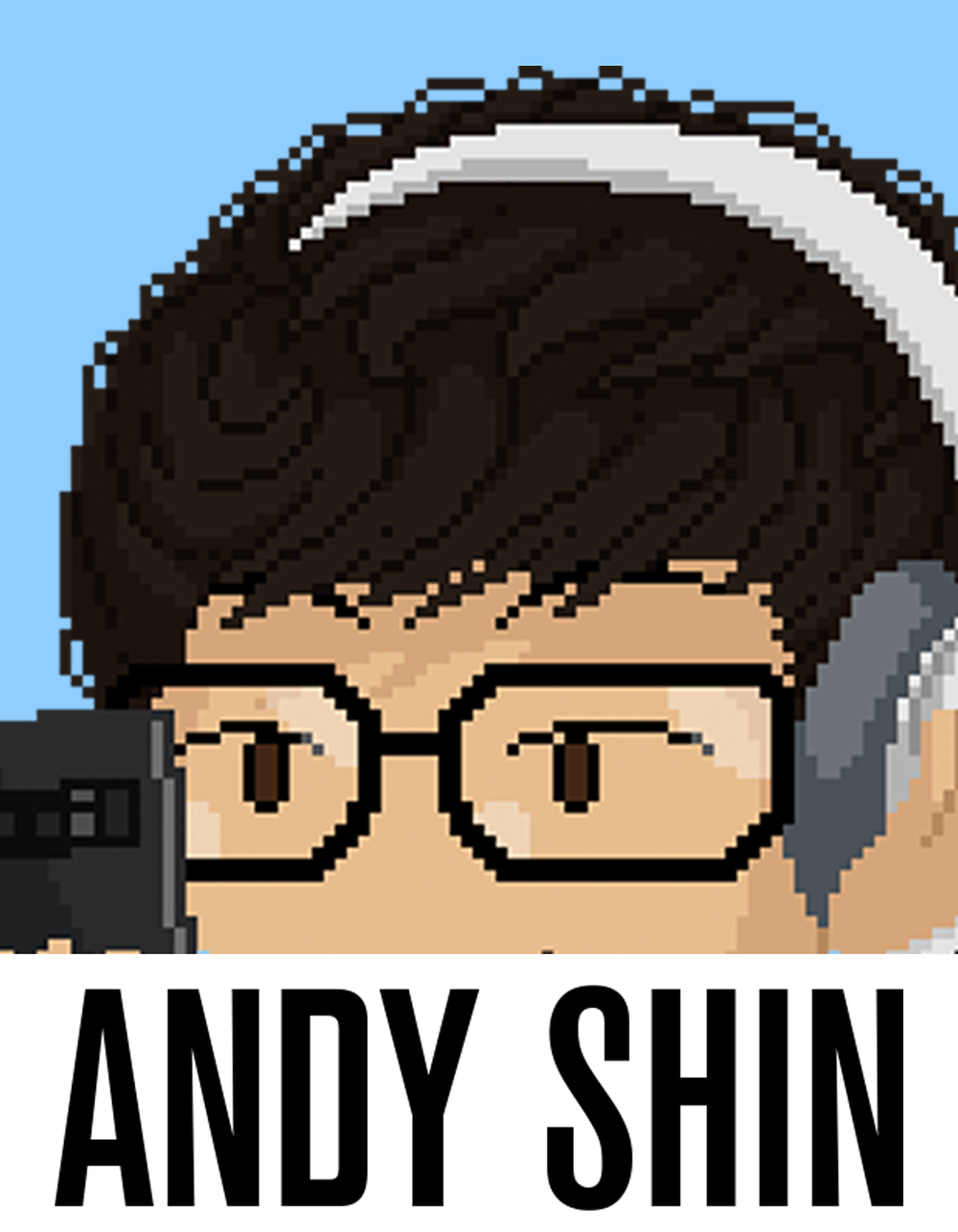Academic Course Project | Role: 3D modeller, Animatic Person, Video editor, Producer | Project Type: 3D Animation
Program/Tech used: Autodesk Maya, Adobe After Effects, Adobe Premiere Pro
Be Human is a 3D animation adaptation of a fan-comic ("Heart of a Robot" by Gronoc) featuring characters from the worldly popular video game; League of Legends. Our 4 man group's goal was to retell the tale of two automaton's discussion about what it means to be human. We chose to create an adaptation to further expand and feature the two character's lore and their impact in the community as well as deliver a message about player behavior which was a big topic in the community at the time.
Bringing a story to life
At first we wanted to do a direct adaptation of the comic with no extra scenes. However, the story does not provide an adequate opening to as why the two characters are discussing their existence unless the audience knew of the League of Legends beforehand and knew their lore. Hence we added still pictures briefly explaining Orianna's (the female robot) background story and add a battle scene to establish how they ended up in the scenes of the web comic.
Above you will find the portion of the project I animated. The dialogue and the actions of the character follows the comic to keep it as close to the original. The biggest challenge of the project was to convey the emotions evoked in the fan-comic into 3D animation. Because the actual in-game characters do not have mouths nor have different tonal voices, we had to really nail the body language of the characters to convey the emotions.
a robot with giant rocket fists
Above is the in-game model of the Blitzcrank character. Originally he was a solid gold color but later received texture updates to make the character more detailed. When modelling, I took notes of the more distinguishable features of Blitzcrank and modeled my own version of Blitzcrank. The process was fun as adding the significant parts of his body (giant fist with screw heads for knuckles, exhaust pipes on each shoulder, pipes on his shoulders, etc) to make it close to the original a
Initial model of Blitzcrank. It seemed okay at first, but turns out animating the shoulders proved to be difficult to do complex 3 axis movement for the purpose of our animation.
Updated model with proper texturing and updated shoulder parts to make 3 axis rotations more easy to animate.
Autodesk Maya screenshot of the final model textured.
When it came to decide the art style, we decided on the carton style cel-shading served our purpose effectively. It lessened the computing power when rendering and a lighter tone compared to heavier metal textures.
After the model was modeled, I rigged it with bones so it could be animated. This video is an example where I was testing the animations of the model before inserting it into the actual animation environment. The rig was updated with a humanIK setup with the help of a teammate.
Laying out the story
Once the assets were created, the team created the storyboard and animatic to see how the story would flow from beginning to end. The animatic models were arranged by me and were used in conjunction with the sketches drawn by my teammate.
Replicating the real production pipeline of an animation helped me to get a grasp of what goes into creating an animation from beginnign to end.
After all the models were created, everything was brought together in a singular file where another member and I animated the two different parts; new scenes we thought of and the scenes portrayed in the comic strip. My part was animating the original scenes in the comic book strip. Once the animatons were set in place, I created a particle effect to create snow within the environment to create the iconic scene in the comic book strip.
When everything that could be done in Maya was complete, I rendered out all the scenes to be put in post production. In the final video, I created just past 2 minutes of animation. The final footage was imported into Adobe Premiere where the group edited the footage, along with all the sound effects and background music, to complete the final video.









